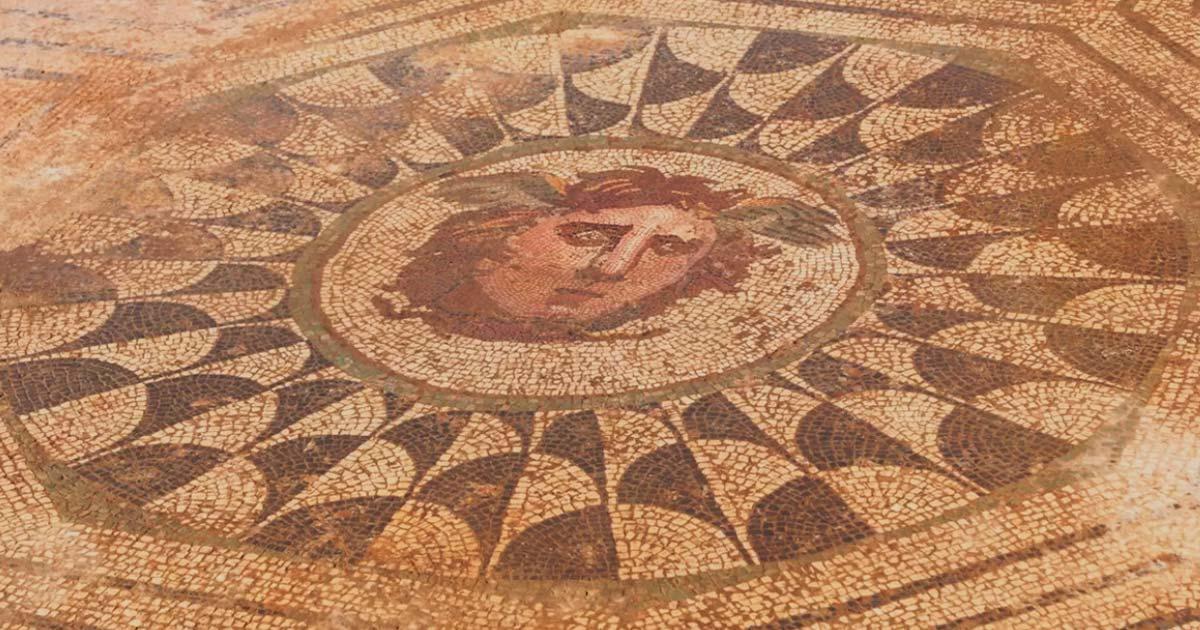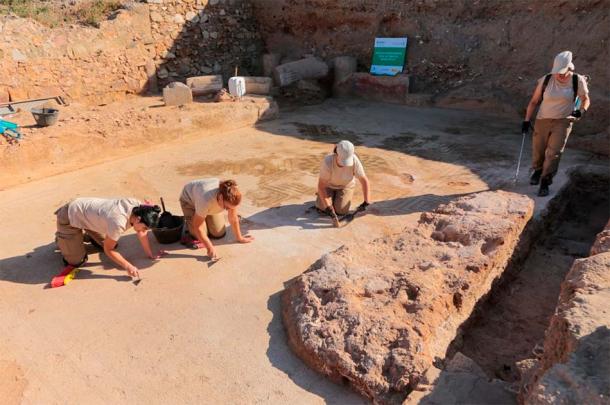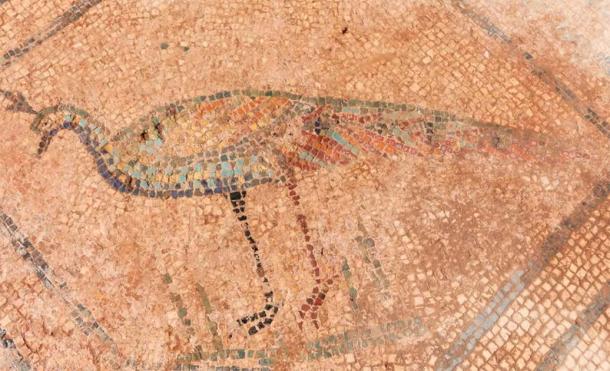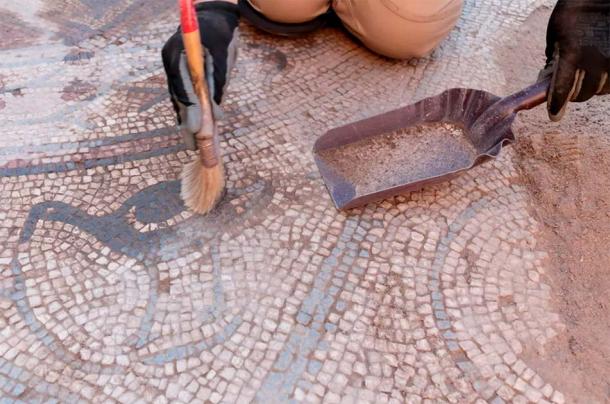
Rare Winged Medusa Mosaic Found in Ancient Roman Villa in Spain
Archaeologists excavating a lush Roman-era house in western Spain have uncovered a huge 1,800-year-old colourful mosaic featuring the head of a ‘winged’ Medusa.
The Medusa mosaic was discovered at the Huerta de Otero archaeological site in Mérida, close to the Portuguese border in western Spain. Dating back to the Bronze Age, this site was a thriving hub of ancient Iberian civilizations that thrived between the 15th and 8th centuries BC. The Romans began their expansion into the Iberian Peninsula around the 3rd century BC, and they gradually conquered and assimilated the local Celtic and Iberian tribes over the following centuries.
Archaeologists first excavated this site in 1976, at which time the remains of a Roman ‘Domus’ (large villa) were identified, which had served as a centre for business and worship. A team of archaeologists has been re-excavating at the Huerta de Otero since 2019, and this season several new rooms were discovered within the Domus, and a street running parallel to the ancient city wall. But it’s the incredible discovery of a “30 square metres (322.92 square feet)” winged Medusa mosaic that’s now making headlines.

The Roman house where the Medusa head mosaic was found. (Image credit: Mérida City Hall)
Legacy Of the Serpent-Headed Medusa
Within Greek mythology Perseus’ mother was being held captive by an evil king, and the hero embarked on a perilous quest to slay the dreaded Medusa with a mirrored shield, winged sandals, and a magically powered sword. In the lair of the Medusa, the Gorgon's cave, he encountered the serpent-haired monster and diverted her deadly stare with his mirror before he decapitated her with the enchanted blade.
A statement from the archaeologists says the Medusa featured in the mosaic is “surrounded by masks, geometric patterns and wildlife, including fish and four colorful peacocks that represent the four seasons.” Medusa herself is featured at the centre of a patterned octagon, which the researchers said represents “the aegis of Athena,” a shield or skin that supported Medusa's severed head after it was lopped off by the valiant Greek hero, Perseus.

The mosaic has four colorful peacocks that represent the four seasons. (Image credit: Mérida City Hall)
Using Evil, To Repel Evil
Dr José Vargas, an archeologist at the Barraeca II Professional School, said the thick-browed depiction of Medusa served as an “apotropaic” (way to repel evil). According to the Getty Center in Los Angeles most people incorrectly assume Medusa had snakes for hair, and that people who looked into her eyes were turned into stone. But this wasn’t always the case.
In her earliest forms the gorgon Medusa was described as a monster with “a beard and even tusks and pointy teeth. However, in the Roman period, around 100 AD, the Medusa had wild curly hair, and “she took on the features of Alexander the Great, such as having wind-blown hair and a turned head,” according to Dr Vargas.
Félix Palma, director of the Monumental City Consortium, said the mosaic decorated one of the domus's main rooms, such as the triclinium, or dining room. Furthermore, Palma added that the site is exceptionally well preserved, and not only the mosaic of the medusa, but also a range of “paintings and sculptural motifs” throughout the building.

A section of the mosaic found in the Roman house. (Image credit: Mérida City Hall)
Especially Terrifying Winged Gorgons
Being multicoloured, and not just black and white, the archaeologists were able to date the mosaic to the second century AD. In the mosaic, Medusa is depicted with “a round face, bulging eyes, unkempt hair, a slightly turned face and white wings coming out of her forehead.”
A report on The History Blog says the medusa’s wings align her with the Roman messenger deity, Mercury. However, Medusas depicted with wings emerged from the artistic liberties and regional variations of mythology as a way to enhance her menacing appearance, or to symbolize her supernatural, rapid and deadly nature.
Top image: 2 nd century mosaic of a winged medusa head found in Roman-era house in Spain. (Image credit: Mérida City Hall)
By Ashley Cowie















